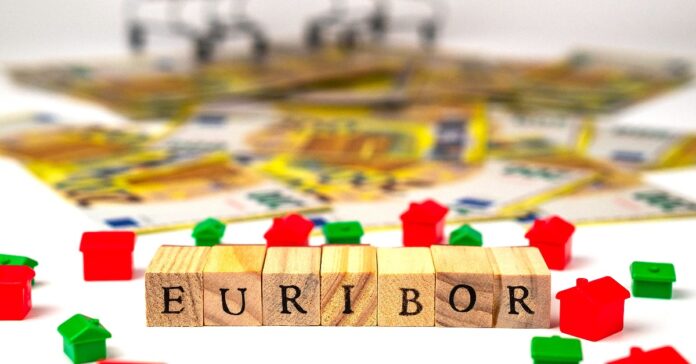The 12-month Euribor, the Euro Interbank Offered Rate, continues its downward trend in May 2025 and is expected to close at 2.08%. This figure, approaching the psychologically important 2% mark, signifies the fourteenth consecutive monthly decline and promises substantial relief for millions of mortgage holders in Spain and beyond. Today, the index stood at 2.056%, reflecting the ongoing uncertainty about the future direction of the European Central Bank (ECB)’s key interest rates.
Significant Savings for Variable-Rate Mortgages
The fall of the Euribor to an estimated 2.08% monthly average for May is a crucial indicator for households with variable-rate mortgages. This development leads to a significant reduction in monthly installments. The annual difference of the index shrinks from 3.68% to 2.08%, representing a decrease of -160 basis points – almost a halving (-43%) compared to May 2024. This is the largest annual decline in a decade, shortly before the Euribor rate turned negative in early 2016.
Concrete Impact on Your Mortgage:
- 100,000 Euro Mortgage: For a theoretical new mortgage with a 25-year term at Euribor plus one point, the theoretical monthly payment is reduced by 88 Euros, from 566 to 478 Euros. This equates to an annual saving of around 1,000 Euros.
- 200,000 Euro Mortgage: With the same term, the savings exceed 2,000 Euros per year.
- 300,000 Euro Mortgage: Here, the annual savings for the same term amount to over 3,100 Euros.
These figures illustrate the positive impact of the falling Euribor on the household budgets of many families. This trend is expected to further stimulate demand for real estate in Spain as financing costs become more attractive.
Outlook on ECB Interest Rate Policy and Market Uncertainty
The slowdown in the Euribor’s decline as it approaches the psychological 2% mark suggests high uncertainty regarding the ECB’s future interest rate policy. Market observers are closely analyzing signals from the central bank to assess the further development of the benchmark rate. Despite the recent decline, the Euribor remains a key indicator for the health of the European financial system and the cost of consumer loans.




